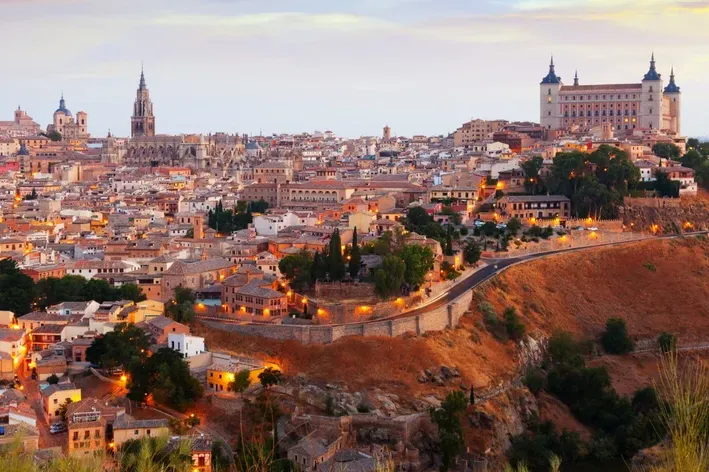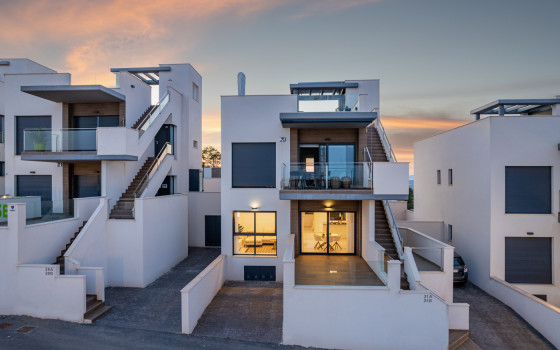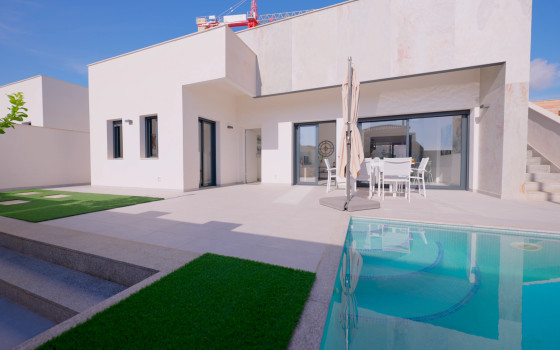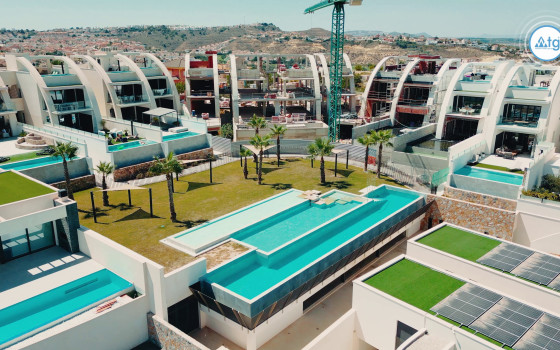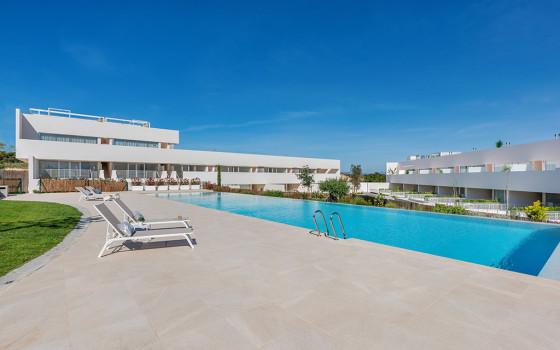Cost of living in Spain in 2024
What’s on this page?
- Overview of Expenses
- The Housing Costs and Utilities
- Transportation Costs
- Grocery and Food Costs
- Healthcare and Insurance Costs
- Education Costs
- Entertainment and Leisure Costs
- It is cheaper here than in other countries
Do you wish you could move to beautiful Spain! Even if you live in a successful and wealthy UK, even if everything seems to be going well: housing, work and income. But the Spanish sun, sea, wine, paella, Prado, flamenco beckon and haunt you. What is the cost of living in Spain? This is certainly the question you ask yourself when thinking about relocation.

If we compare the cost of living in London and in major Spanish cities, we can draw the following conclusions:
| London | |
| Madrid | 39% cheaper |
| Barcelona | 41% cheaper |
| Valencia | 46% cheaper |
| Seville | 52% cheaper |
Let us analyze the main aspects of the financial side of living in Spain.
Overview of Expenses
The main items of expenses for an immigrant in Spain can be considered as follows:
- housing and utilities;
- transport;
- food;
- healthcare;
- education;
- entertainment.
Spain is a large country with a rather complex administrative structure. Each of the 17 Autonomous Communities has sufficient autonomy and its own unique character. In each of them, social life, the mentality of local residents and, of course, prices for goods and services are very different. Therefore, in order to get a more accurate picture, it is necessary to study the information characterizing a specific territorial unit.
The Housing Costs and Utilities
This is the biggest expense, and the main thing here will be the choice of the area where you plan to live. If you are moving to Spain for reasons of employment or enrollment in an educational institution, then your place of residence is predetermined. Here it should be advised not to buy an apartment or a house right away, especially if you have not yet arrived in Spain. There is a danger of making a wrong choice due to ignorance of local living conditions and the characteristics of the real estate market. Start with a rental, since you will be offered a large selection of properties for every taste and budget.

If you are free to choose a region for living, then housing prices in Spain are generally significantly lower than in other European countries. At the same time, the difference in prices for real estate in large cities and on the sea coast compared to small towns in the center of the country is significant. A professional real estate agency WTG Spain will help you navigate a large amount of information. Agency staff will also help you make a purchase.
Approximate prices for apartments in the cities of Spain are as follows:
| One-bedroom apartment | Two-bedroom apartment | |
| Barcelona | € 170,000 | € 250,000 |
| Valencia | € 170,000 | € 220,000 |
| Murcia | € 90,000 | € 115,000 |
| Granada | € 90,000 | € 130,000 |
| Santander | € 90,000 | € 155,000 |
| Bilbao | € 180,000 | € 250,000 |
| San Sebastian | € 110,000 | € 175,000 |
Below is the average cost of one square meter of housing in the center of some cities in Spain:
| City | Price/1 sq.m |
| Madrid | € 4929 |
| Bilbao | € 4678 |
| Barcelona | € 4519 |
| Valencia | € 2784 |
| Alicante | € 2560 |
Property rentals are very popular in the Spanish market as a large number of tourists come to the country for vacation. Demand and supply are quite high, and the amount of rent depends on the region, district of the city, proximity to the center of large cities and to the coast in resort towns, as well as the quality of housing. The average cost of a monthly rent in some cities in Spain is the following:
| Madrid | Barcelona | Valencia | |
| Apartment with two rooms in the center | € 956 | € 930 | € 751 |
| Apartment with two rooms not in the center | € 716 | € 726 | € 510 |
| Apartment with three rooms in the center | € 1683 | € 1508 | € 1100 |
| Apartment with three rooms not in the center | € 1174 | € 1100 | € 745 |
Overall, monthly rent in Spain is 30.1% lower than for similar housing in the UK.
As for utility bills, you will have to pay less compared to other European countries. So, for an apartment of 85 sq. m you will have to pay €100-150 per month. Electricity will cost about € 80, while water and gas will cost € 25 and € 30 respectively. The cost of utility bills, if you purchase a package that includes telephone, Internet and TV, will be € 20-50 per month.
Expenses such as cleaning the territory and maintaining the pool cost are in the range of € 10-160 per month. This amount depends on the location and area of housing, as well as the area of the green zone and the swimming pool. For waste management, you will have to pay € 21 twice a year.
An important item of expenditure is the property tax. Its amount depends on the cadastral value of the property you own and the tax rate, which varies in different municipalities and ranges from 0.4 to 1.1%. If the property is worth more than € 700,000, then you will need to pay wealth tax, which is calculated on a progressive scale from 0.2% to 2.5%. Property insurance will cost you € 150-350 per year.
Transportation Costs
In all cities of Spain, the urban transport system is well-developed, and the intercity transport system is also at a high level. Therefore, residents of large cities do not have to have their own cars. So, a city bus ride will cost about € 1,5 one way, and a monthly pass will cost € 35-45. The minimum cost of a taxi ride is € 3.5, and each additional kilometer costs € 1.1. A train ride from Madrid to Barcelona will cost € 65-128, depending on when you buy the ticket.
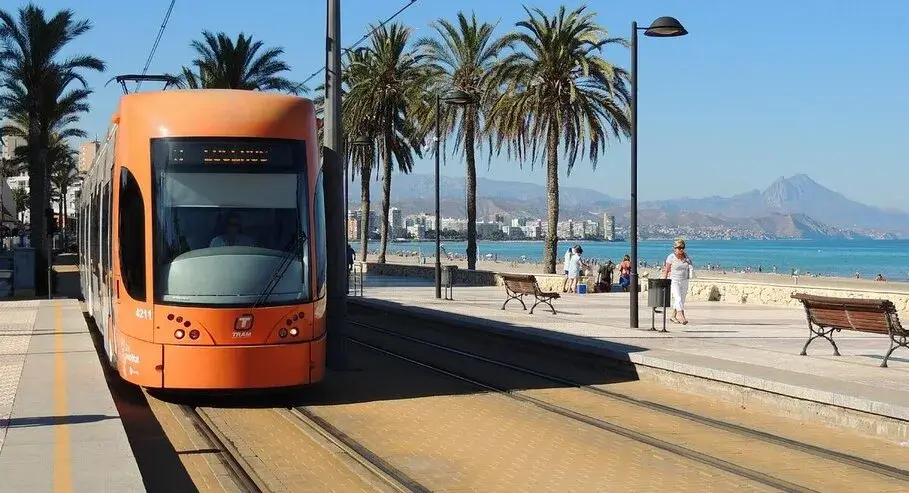
Car cost example: Toyota Corolla Sedan 1.6L 97kW Comfort (or equivalent new car) - € 20,780. Gas price is € 1.3. Maintaining your own car is much cheaper than in other European countries, on average it costs € 1044 per year. This amount includes the following expenses:
- upon purchase - 4% of the cost for registration of ownership;
- compulsory insurance - € 200-300 per year;
- car registration tax - up to 15% of the cost;
- transport tax - € 100-150 per year.
In Spain, people really like to use a bicycle, because there are favorable conditions for this. In almost all cities, bike paths and bike stands are equipped, and a bike rental system is developed. For example, in Murcia, the length of bike paths is 64 kilometers.
Grocery and Food Costs
This is one of the most important items of expenses, on which the monthly cost of living in Spain largely depends. The less citizens spend on food, the more the country is considered economically developed, and the society is socially protected. In Spain, the agricultural sector and the agricultural processing industry are well developed. Spanish vegetables and fruits, as well as groceries, meat and fish products are known far beyond the borders of the country. The competition is high here, therefore the quality and prices of food are very satisfactory.

If we talk about average costs, then a family of two spends about € 60 per week on groceries. Prices for basic food items:
| Food item | Price |
| Bread (loaf 500 g) | € 1.1 |
| Milk (1 l) | € 0.79 |
| Potatoes (1 kg) | € 1.11 |
| Rice (1 kg) | € 0.99 |
| Chicken (1 kg) | € 6.00 |
| Eggs (12 pcs.) | € 1.82 |
| Cheese (1 kg) | € 9.64 |
| Apples (1 kg) | € 1.74 |
| Wine (0.7 l) | € 5.00 |
Spaniards are very sociable and like to have lunches and dinners accompanied by pleasant conversations in a restaurant near the house. This also affects the cost of living in Spain. Visitors quickly adopt this tradition, and the cost of food in various establishments becomes a significant item of expenses. Average food prices in restaurants of low and medium price categories are as follows:
| Name | Price |
| McDonald's (1 person) | € 8.00 |
| Dinner at an inexpensive restaurant (1 person) | € 12.00 |
| Dinner at a medium price restaurant (2 people) | € 40.00 |
Healthcare and Insurance Costs
The Spanish healthcare system is one of the best not only in Europe but also in the world. Advanced technologies and qualified doctors provide high-quality service to both citizens of the country and expats. The success of the industry depends on the health insurance system, which is not mandatory here. But almost everyone takes out health insurance in order to save money.
Spanish health insurance can be public or private. State insurance is for both residents and working non-residents. The main condition is payments to the social security system. Then you will have the opportunity to visit a medical facility for free and get significant discounts when buying prescription drugs. With an extended insurance package, hospitalization and surgery become free.

Private insurance is available to everyone. You can apply for it by providing a foreigner's number in Spain (NIE) and opening a bank account to pay insurance premiums. The amount of insurance premiums depends primarily on the age of the client and ranges from € 26 per month for young people up to 35 years old, and up to €198 for people over 65 years old.
Education Costs
In Spain, public education is compulsory for children up to 16 years of age. Such education is free of charge, not taking into account the cost of uniforms, textbooks, etc. Working non-residents can also send their children to public schools. However, given that classes are taught only in Spanish, many immigrants prefer semi-private (partially subsidized by the state) or fee-paying private schools. Education in a semi-private school will cost € 700-800 per year, while in a private (international) school it will cost from € 4000 to € 8000 per year.
The costs of school uniforms, textbooks and various activities averages are as follows:
- school uniform - € 176;
- textbooks - € 184;
- stationery - € 88;
- events - € 52.
Entertainment and Leisure Costs
Of course, this type of expenses must also be taken into account. Culture, sports, entertainment and outdoor activities are an important component of quality life. Being rich in sights and cultural events, Spain definitely deserves your attention. Examples of the cost of entertainment and leisure activities can be the followin:
- cinema ticket - € 8;
- theater ticket - € 26;
- gym membership (1 person) - € 40 per month;
- tennis court rental (1 hour) - € 11.
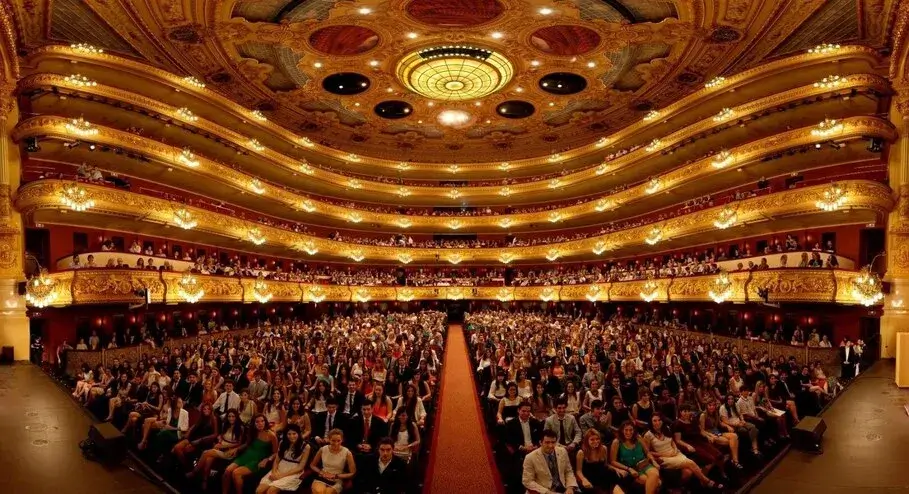
It should be noted that free cultural events are widely practiced in Spain and there are significant discounts for low-income people. You can visit free concerts and exhibitions, as many museums offer visitors free admission on the first Sunday of the month.
It is cheaper here than in other countries
The cost of living in Spain compared to the UK and other developed countries is significantly lower in terms of the main items of expenses. This is one of the reasons why about half a million Britons have already arrived in Spain for permanent residence. Overall, living costs in Spain are 19.7% lower than in the UK and 14.2% lower than in the US. For example, the average price and rent of a house is as follows:
- Spain - € 331,096;
- United Kingdom - € 530,949;
- Sacramento (USA) - € 4400 per month;
- Malaga (Spain) - € 2600 per month.
The cost of living in Spain vs the UK is difficult to compare due to significant differences in values of living in these countries. However, if you have decided to move, feel free to make your dream come true!


